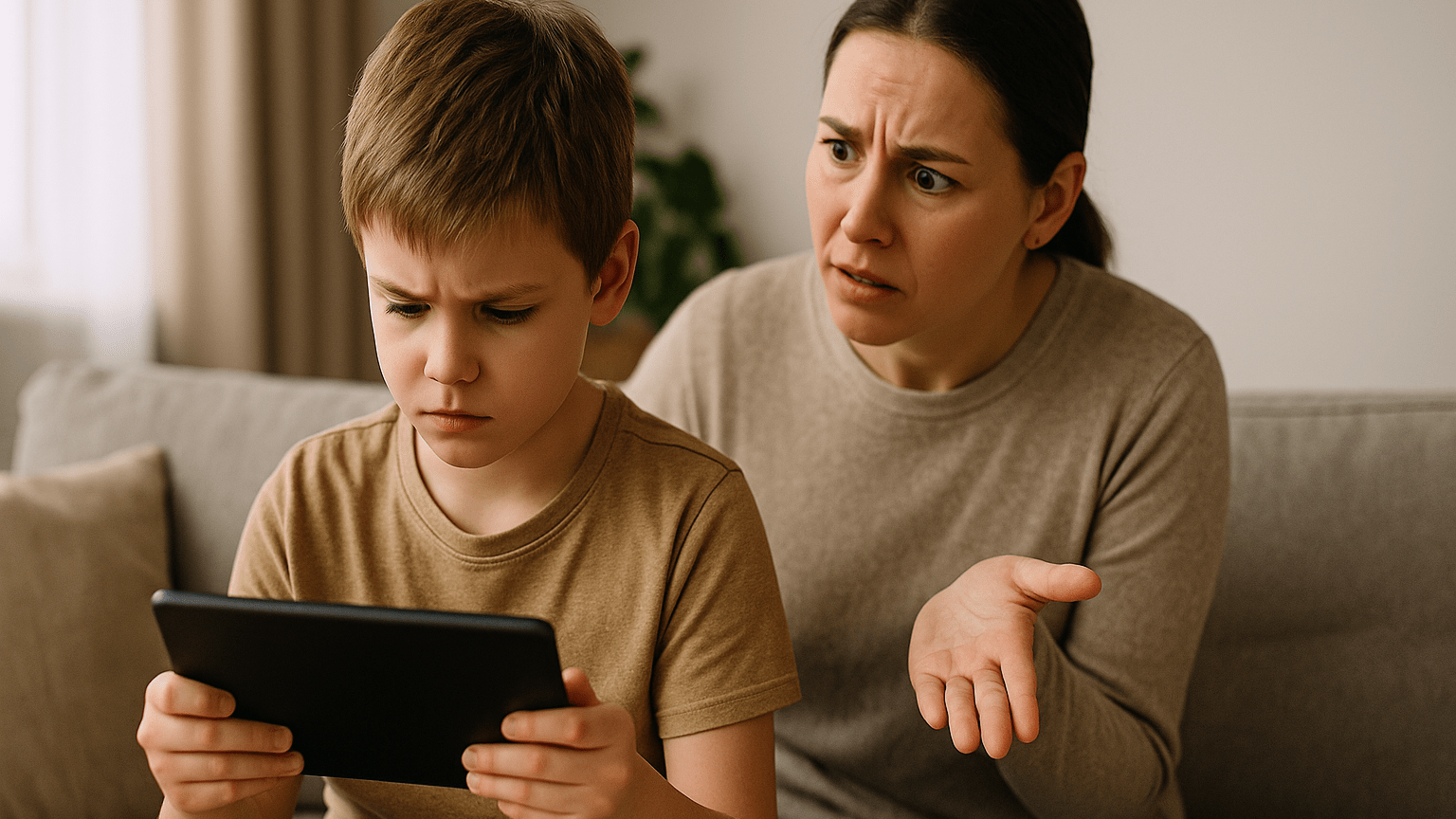How to Set Healthy Screen Time Limits for Children in 2025
In today’s digital world, children are growing up surrounded by gadgets and screens. Televisions, smartphones, tablets, and laptops have all become a normal part of their daily lives. While these devices bring convenience and learning opportunities, many parents are left wondering: how can we set screen time limits for children that support their healthy physical, mental, and social growth?
When managed properly, screen time can be educational and entertaining. But when it becomes excessive, it may pose serious risks to children’s development. That’s why it’s essential for parents to create healthy screen time limits for children and stick to them consistently.
Why Do Screen Time Limits for Children Matter?

Children are naturally attracted to visual and interactive content. Without supervision, long hours in front of screens can lead to issues like poor sleep, eye strain, less physical activity, and difficulty with social interaction. At their developmental stage, children’s brains need real-world stimulation, not just digital input.
Too much screen exposure can also shorten attention spans and reduce focus. Research shows that a lack of screen time limits for children may lead to lower academic performance, slower language development, and even emotional imbalance.
Global Health Guidelines
Both the World Health Organization (WHO) and the American Academy of Pediatrics (AAP) offer age-specific recommendations for managing screen use:
- Ages 0–2: Avoid screen time entirely, except for video calls with family.
- Ages 2–5: Limit screen time to a maximum of 1 hour per day with adult supervision.
- Age 6 and up: Monitor screen use to ensure it doesn’t interfere with sleep, exercise, or family time.
Of course, duration is only one part of the equation. The type of content and how it’s used matter even more. Not all screen time is harmful—especially when it’s used for learning or creating.
Risks of Excessive Screen Time
Without reasonable screen time limits for children, several long-term consequences can appear:
- Sleep disruption: Blue light from screens can interfere with melatonin production, making it harder to fall asleep.
- Physical inactivity: Children who spend too much time on screens may become sedentary, leading to obesity risks.
- Eye strain: Prolonged use of devices can result in dry eyes and blurred vision.
- Delayed communication and social skills: Face-to-face interaction decreases, especially during early childhood.
- Emotional reactivity: Overuse of screens may lead to irritability, impatience, and difficulty managing emotions.
How to Set Effective Screen Time Limits

Here are several practical strategies that can help you manage screen time for your child:
- Create a clear daily routine: Only allow screen time after homework, reading, or chores are finished.
- Be a good role model: Reduce your own screen time at home so your child can follow your example.
- Use parental control features: Many devices and apps have built-in tools to manage screen access and usage time.
- Introduce fun offline activities: Encourage exercise, crafts, puzzles, or reading time to balance digital activities.
- Establish screen-free zones: Keep devices out of the bedroom, dining area, or family time spaces.
- Choose high-quality content: Use educational platforms or age-appropriate games and videos.
- Communicate openly: Explain the reasons behind setting limits and include your child in creating rules.
Consistency, patience, and open dialogue will help your child build healthy digital habits that last.
A Better Way to Use Screen Time: Learn Coding at Timedoor Academy

Ingin tahu detail program?
Instead of banning screens altogether, guide your child toward something meaningful. Coding is one of the best ways to turn screen time into an active, creative, and skill-building experience. Children learn logic, problem-solving, and digital literacy in a fun and empowering way.
At Timedoor Academy, we offer coding classes that teach children how to create games, websites, and animations while building responsible screen habits. With an international curriculum and project-based learning, screen time becomes a tool for growth—not just entertainment. Try our free trial class and see how your child can thrive with the right kind of digital learning.